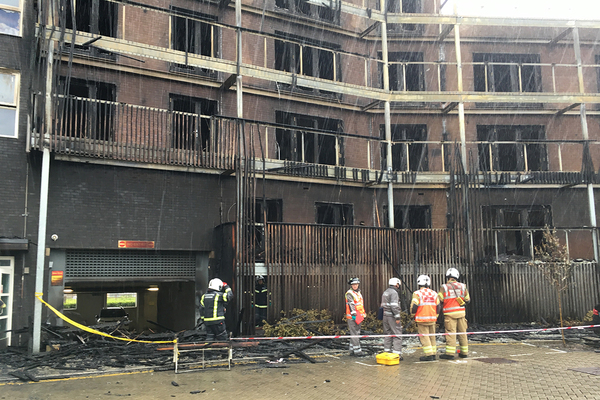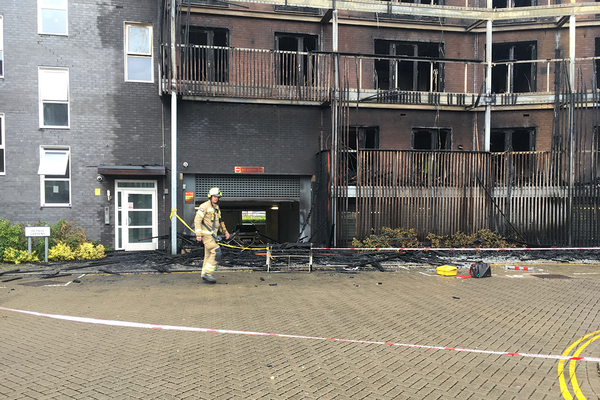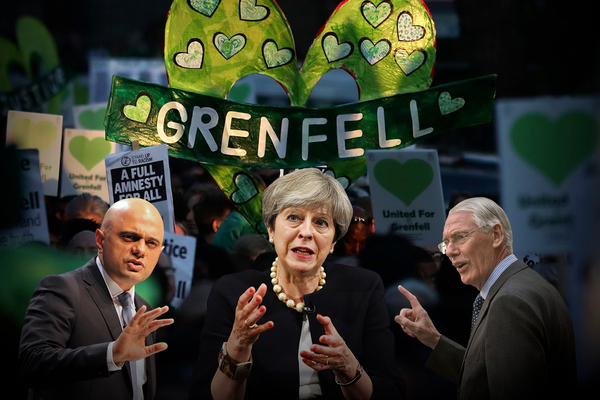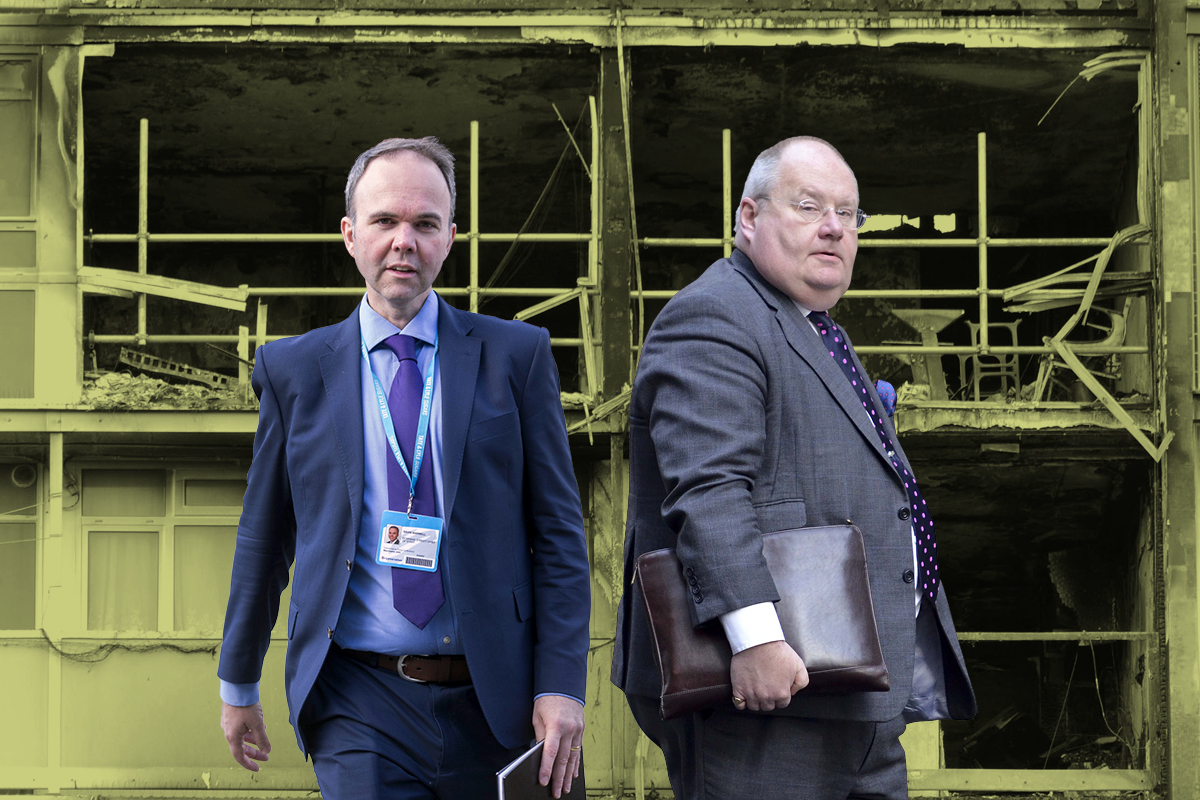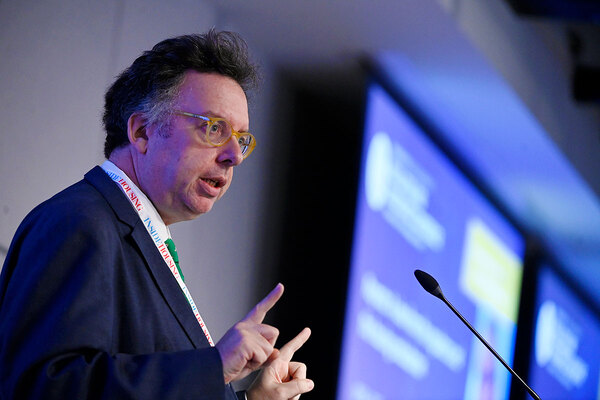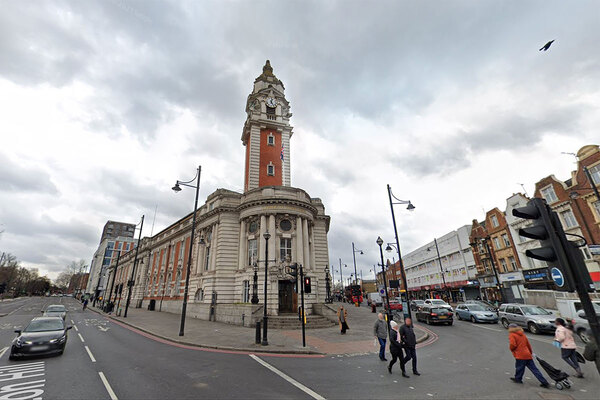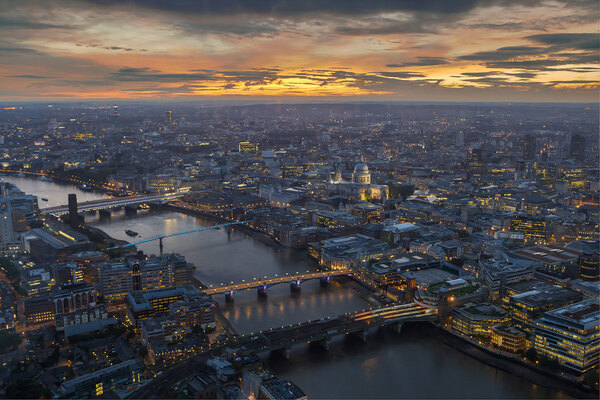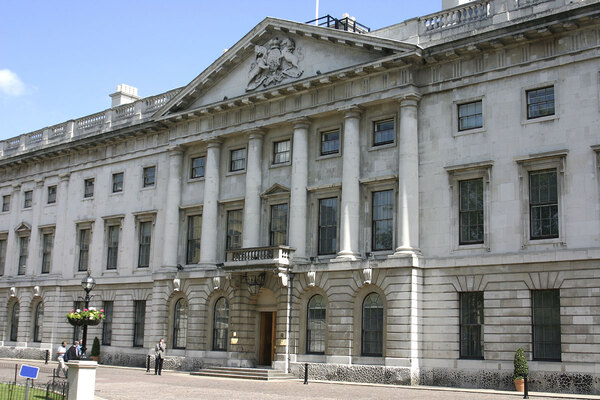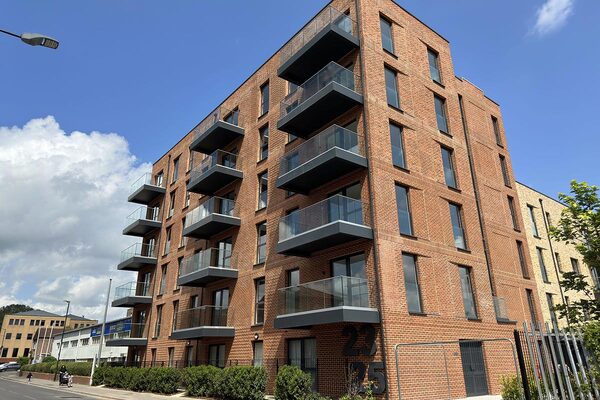You are viewing 1 of your 1 free articles
Barking fire shows many fire safety gaps remain two years after Grenfell
This week the second anniversary of the Grenfell Tower tragedy was marked by fire destroying another block of flats. It is just luck that prevented further deaths – and that is why it is time to step up efforts to improve fire safety, writes Martin Hilditch
Insanity, so the quote goes, is doing the same thing over and over again and expecting different results.
Sunday’s fire in Barking, which destroyed 20 flats and damaged 10 more, demonstrates the ongoing madness at the heart of our approach to fire safety.
Ten years ago, six people died when fire ripped through the Lakanal House tower block in Southwark, in circumstances that were completely preventable.
It would be tempting, but untrue, to say that nothing was learned. In truth, we learned much and did far too little.
This week, our research reveals new details of the complacency at the heart of government – and, indeed, at KCTMO – that show how the chance to prevent the Grenfell tragedy was lost. The Lakanal recommendations were ignored by government and, as our research shows, concerns raised by MPs, were swatted repeatedly away by ministers.
Of course, we all know what happened next: 72 people lost their lives in Grenfell Tower on 14 June 2017. Immediately after the tragedy ministerial indifference was transformed into promises from the prime minister down that things would change – and quickly. Resident safety would be prioritised, they said.
More than this, there was anger that tenants who had raised safety concerns about Grenfell Tower had been ignored. The prime minister promised to put residents at the heart of the political process.
The current housing minister Kit Malthouse acknowledged that it had become clear after Grenfell that many people in social housing felt “either they were screaming into the void and not being responded to, or that politicians over the last couple of decades have stopped caring”. This was something he said he wanted to correct.
These were all fine words. But last Sunday’s fire in Barking, that saw 20 flats destroyed in the blink of an eye and 10 more damaged, reveals that we’ve had more rhetoric than actual progress. Immediately after the fire, depressingly familiar stories emerged of residents raising fire safety concerns – and feeling like they had not been taken seriously enough.
“The relatively short-lived national media coverage following the latest fire suggest depressingly that we’re not getting much better at identifying the significance of warnings that don’t come with a body count”
Like Grenfell, the spread of the fire in Barking should not have happened and was entirely preventable. The relatively short-lived national media coverage following the latest fire suggest depressingly that we’re not getting much better at identifying the significance of warnings that don’t come with a body count.
Nationally, tenants campaigning for a national voice suggest that after some initial interest from government, they feel they are screaming into a void once more. In years to come it will Mr Malthouse who is held accountable for the success or failure of this.
“So, here we are. Two years after Grenfell. At the time we launched a campaign that was also a promise – Never Again. Let us not need to say it again”
More widely, the Barking fire – in a block exempt from new regulations due to its 13m height - fire should be seen as a massive wake up call for anyone who thinks our problems are confined to blocks that are above 18 or 30 metres. We mustn’t allow it to become another Shepherd’s Court (if that doesn’t ring a bell, look it up).
So, here we are. Two years after Grenfell. At the time we launched a campaign that was also a promise – Never Again. Let us not need to say it again.
Martin Hilditch, editor, Inside Housing

